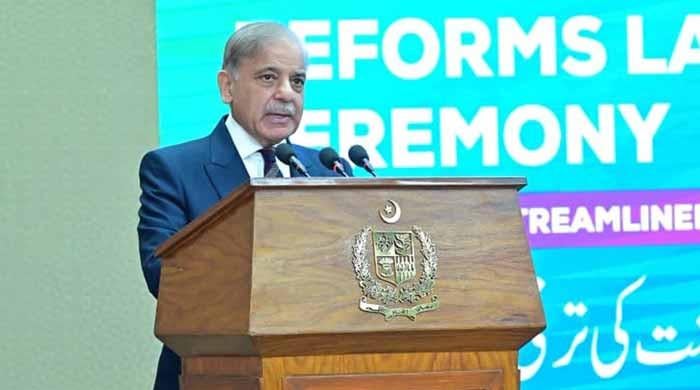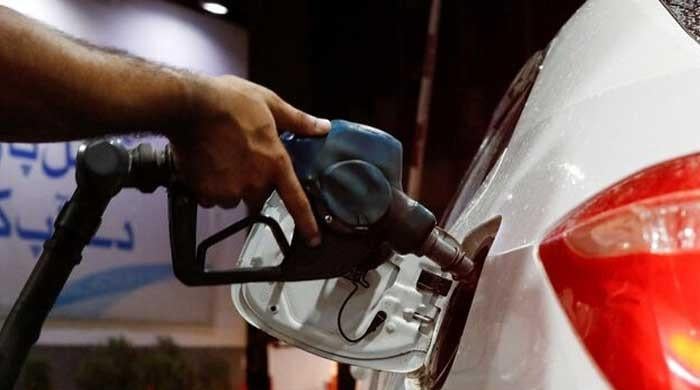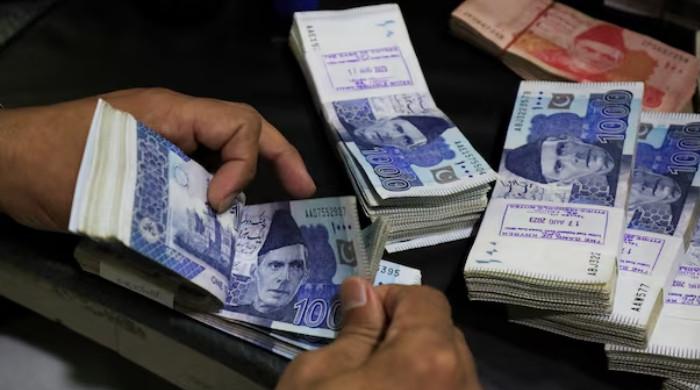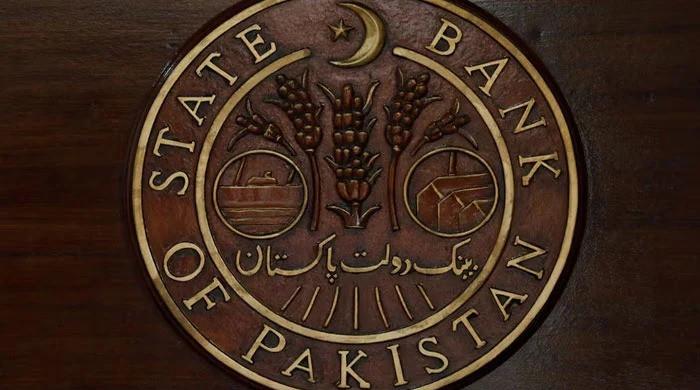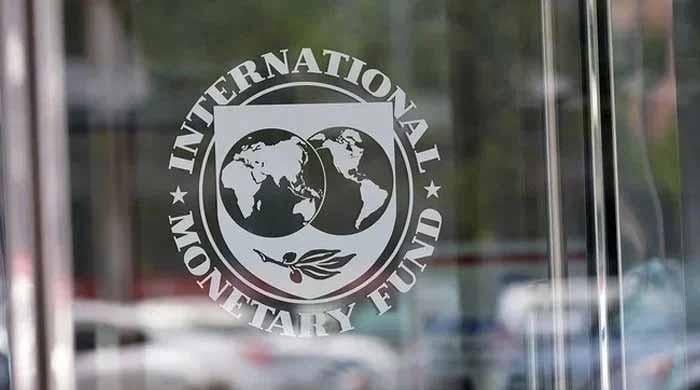Rupee recovery to halt on importer's dollar demand
"Market sentiment has been greatly improved by the recent inflow of $4.2 billion," says currency dealer
July 16, 2023
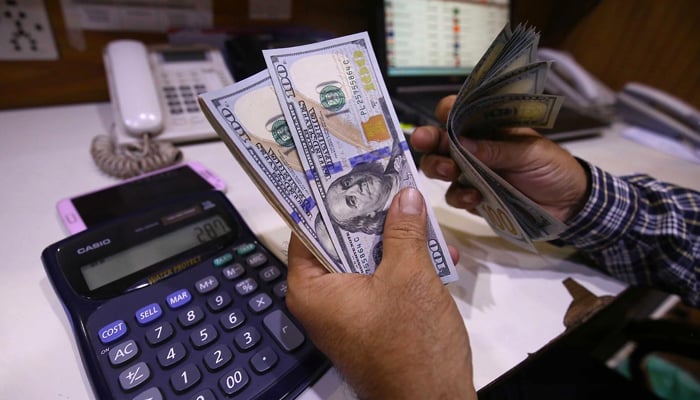
- Pakistan received IMF's first tranche of $1.2 billion on July 13.
- Dollar inflows from other external sources helped rupee strengthen.
- Foreign exchange reserves increase up to approximately $9 billion.
KARACHI: Pakistan rupee witnessed an improved market sentiment during the outgoing week as the country received inflows from the IMF and friendly countries, but the currency market is likely to trade range-bound next week over an increased importer dollar demand, traders and analysts said.
The rupee appreciated against the dollar in the week as Pakistan got the IMF's first tranche of $1.2 billion a day after its board had approved a nine-month bailout package.
Additionally, dollar inflows from other external sources helped the rupee strengthen versus the dollar, rising to Rs276.46 per dollar on Thursday. On Friday, the currency gave up its gains and fell to a lower closing price of 277.59.
Cash-strapped Pakistan has received $4.2 billion during the outgoing week from Saudi Arabia, the United Arab Emirates, and the IMF. As a result of the inflows, the foreign exchange reserves held by the State Bank of Pakistan have increased from $4.5 billion in the week ending July 7 to approximately $9 billion currently.
"Market sentiment has been greatly improved by the recent inflow of $4.2 billion. However, it appears that the rupee will trade in a range-bound way now that the central bank has permitted commercial banks to open new letters of credit for imports of goods," said a currency dealer.
The IMF’s programme was one of a kind, custom-made to fit Pakistan’s current needs, and assisted with a political nudge to get this far, said Tresmark in a note on Saturday.
“This shows how the US and Gulf States consider Pakistan to be geopolitically too important and too big to fail, and how Pakistan’s forces are woven with the latter’s security architecture.”
Pakistan’s sovereign bonds have rallied from 38% to 60% since the IMF staff-level agreement. Important to note that the while the 2024 Eurobond trades at 80, the 2031 bond is bid at 48. “These metrics suggest that the current IMF/Gulf bailout is a Band-Aid and Pakistan still faces high default risk in the years ahead unless reforms are initiated at a war footing,” it noted.
While Pakistan’s economic growth seems to overtake the 2.5% projected by the IMF, its inflation outlook of 25% for the current fiscal is not good news.
If inflation stays elevated, interest rates may not go down any time soon, according to Tresmark.
Swap points have rallied in tandem with sentiment with 1 and 3-month trading at around Rs4 and 10 respectively … converting to around 15% annualised rate.
While the higher swaps infer improved liquidity, the delta between these and the Karachi interbank offered rate (where the swaps should be) of 22% shows that the dollar is still in high demand.
“While the improved reserves are being cheered at the backlog of payments (imports, profit repatriation, etc) estimated to be around $6 billion, will not allow rupee to strengthen above its current levels,” it said.
“At the same time, elevated interest rates and a weaker rupee’s impact on inflation will keep giving support to rupee. With this, we reiterate our previous views that the rupee will be range bound and anchored around the 282-285 level till the care take step up is formed.” There is still no significant forward selling by exporters, according to Tresmark.
Originally published in The News




